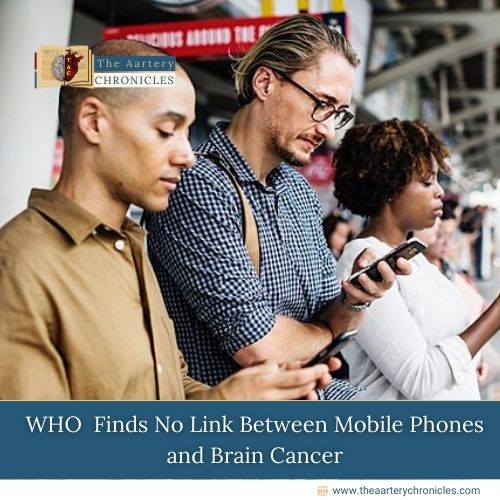

WHO Finds No Link Between Mobile Phones and Brain Cancer
A new review commissioned by the World Health Organization (WHO) has concluded that there is no connection between mobile phone use and an increased risk of brain cancer. The review examined a wide range of studies conducted worldwide and found that, despite the massive rise in mobile phone use, the incidence of brain cancers has not increased
Long-Term Use and High Exposure Show No Increased Risk
The review, published on Tuesday, included 63 studies conducted between 1994 and 2022. The analysis was carried out by a team of 11 experts from 10 countries, including representatives from the Australian government’s radiation protection authority. The findings indicate that even individuals who make long phone calls or have used mobile phones for over a decade do not face a higher risk of developing brain cancer.
Comprehensive Study on Radiofrequency Exposure
The research assessed the effects of radiofrequency, the type of radiation used in mobile phones, as well as other devices like TVs, baby monitors, and radar. Professor Mark Elwood, a co-author and cancer epidemiologist at the University of Auckland, New Zealand, stated that “none of the major questions studied showed increased risks.” The review looked at various types of cancers, including those affecting the brain in both adults and children, the pituitary and salivary glands, and leukaemia, about mobile phone use, base stations, transmitters, and occupational exposure. The findings on other cancer types will be released in separate reports.
Calls for Re-Evaluation of WHO’s Cancer Risk Classification
This review is part of ongoing research into the potential health risks of mobile phone radiation. While the WHO and other international health organizations have previously stated that there is no conclusive evidence of harm from mobile phone radiation, they have encouraged further studies. Currently, the International Agency for Research on Cancer (IARC) classifies mobile phone radiation as “possibly carcinogenic” (Class 2B), which means a potential link cannot be entirely ruled out. However, given the new data since the last assessment in 2011, the agency’s advisory group has called for a re-evaluation of this classification.
Upcoming WHO Evaluation
The WHO is expected to release its updated evaluation in the first quarter of next year, which will provide further insights into the potential health impacts of mobile phone use based on the latest evidence.
Source: Inputs from various media Sources









